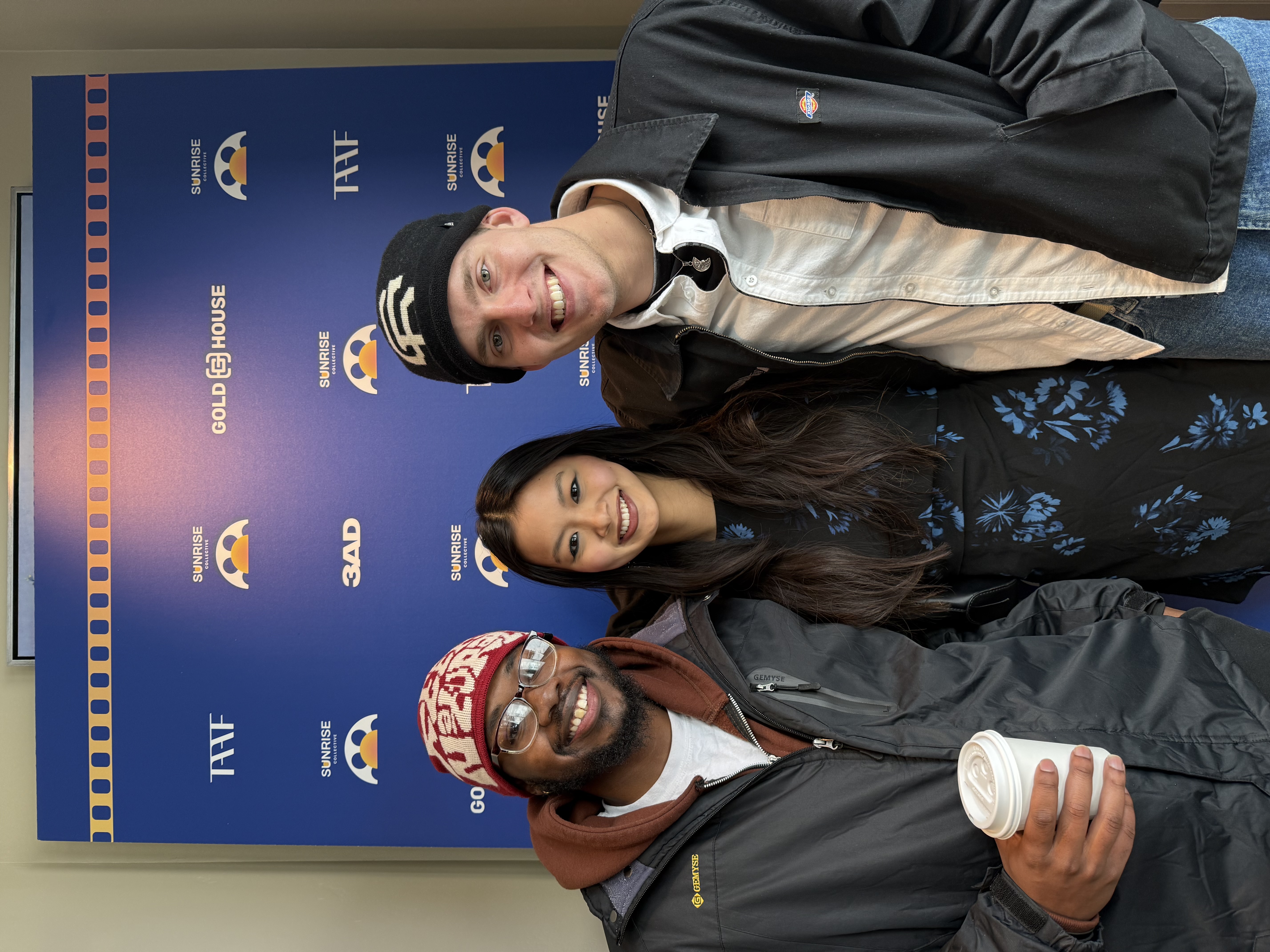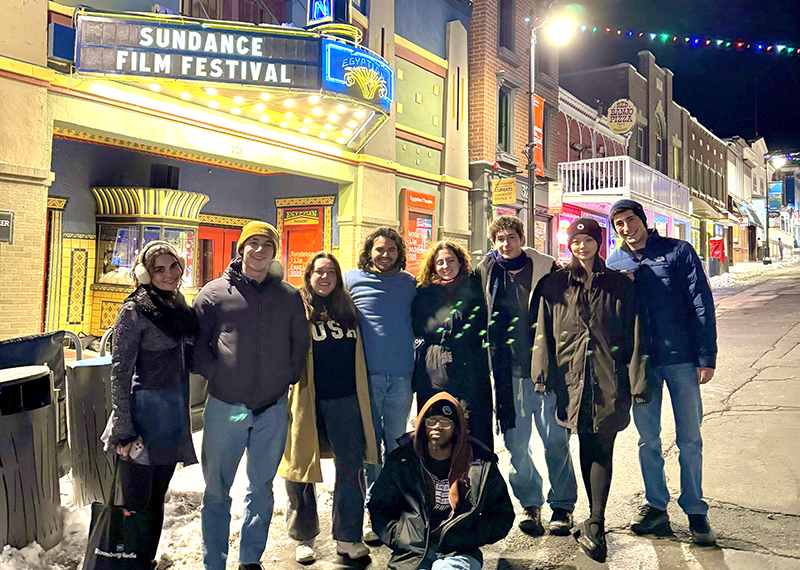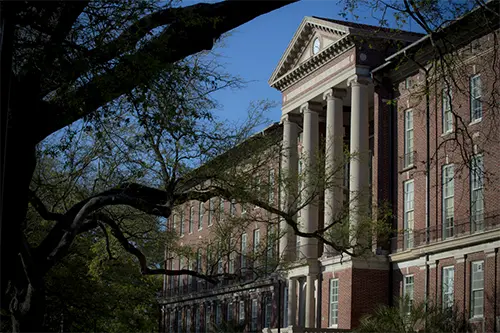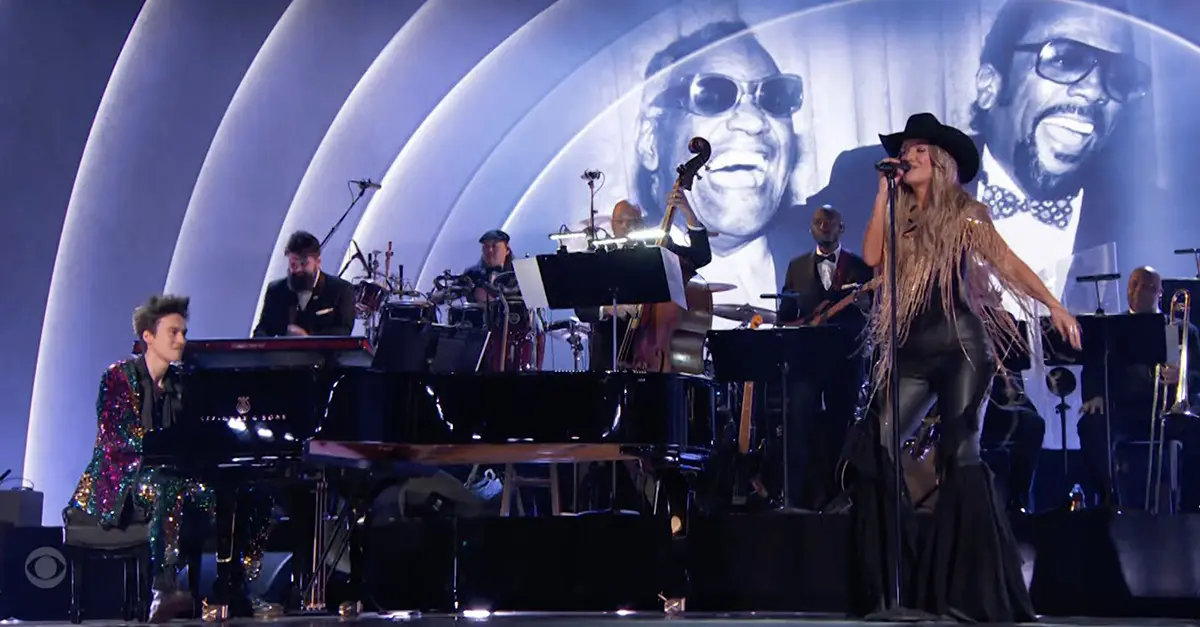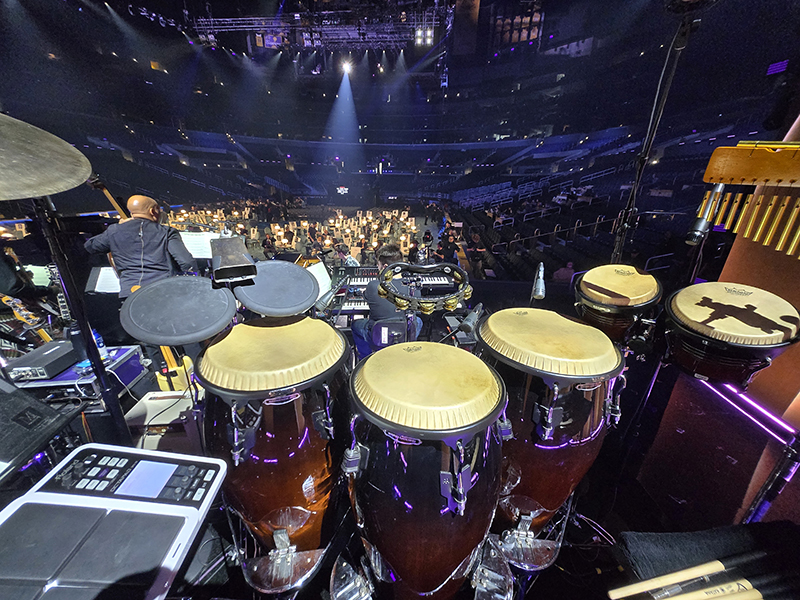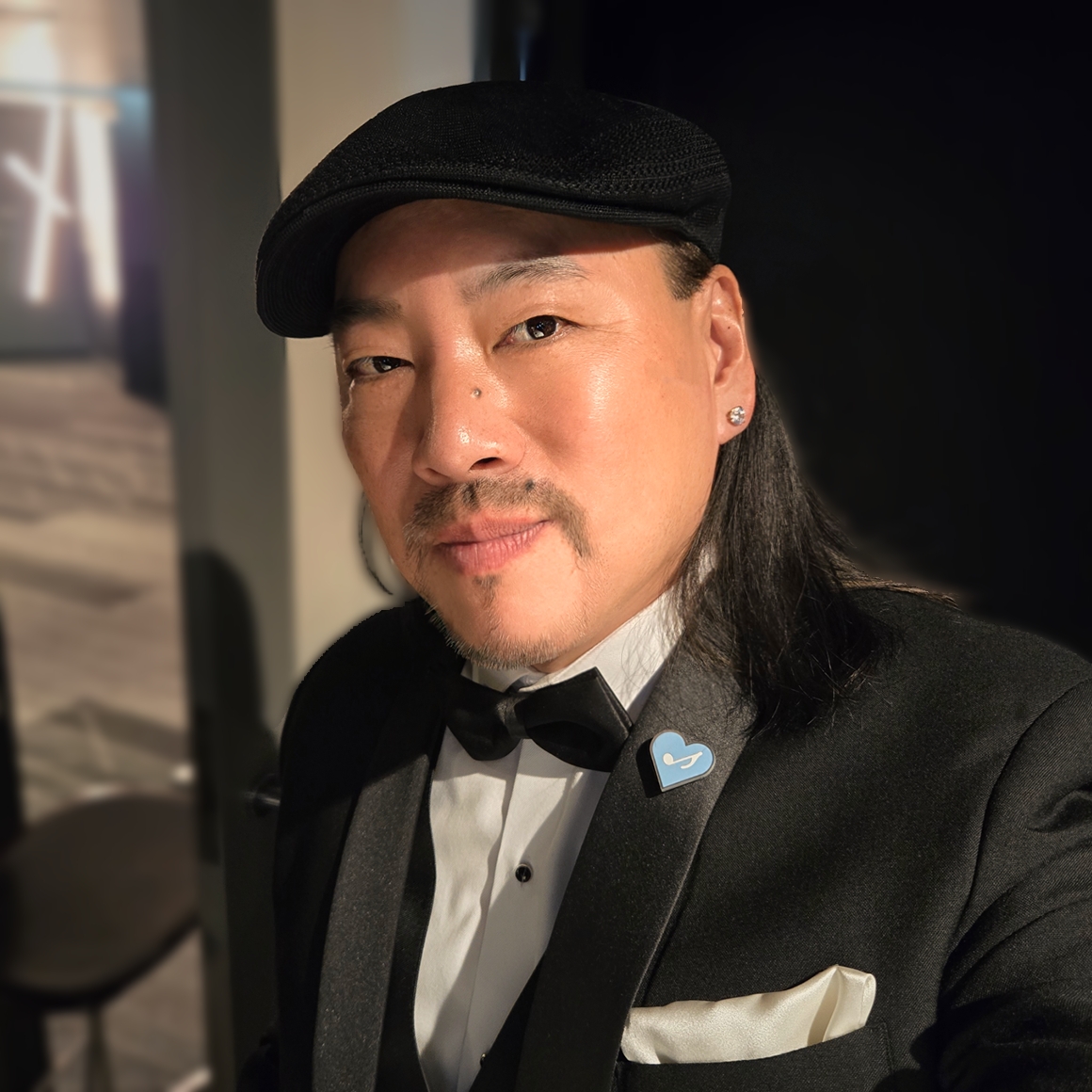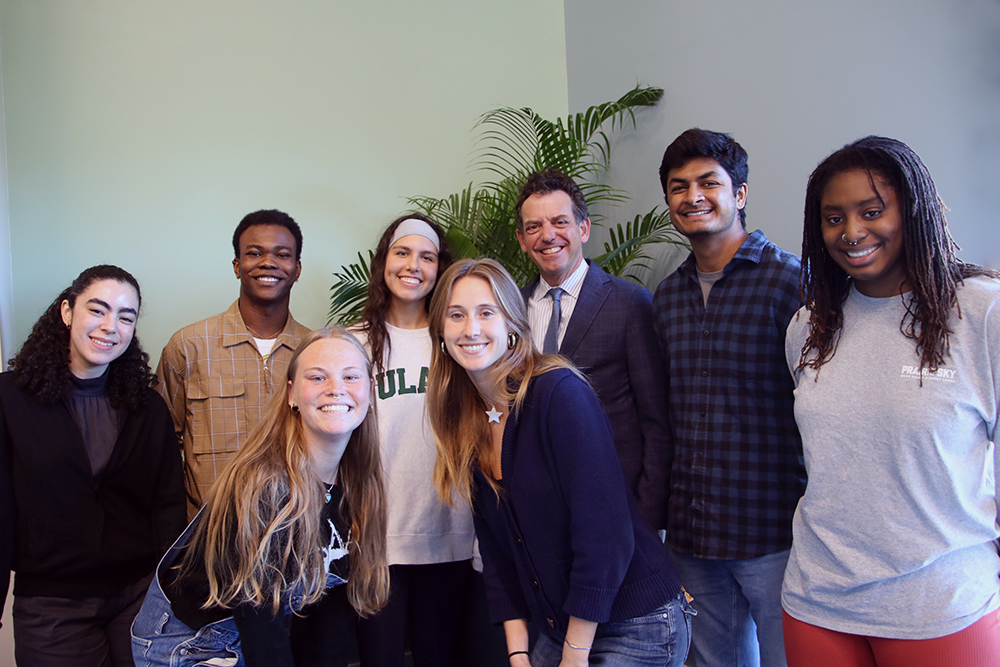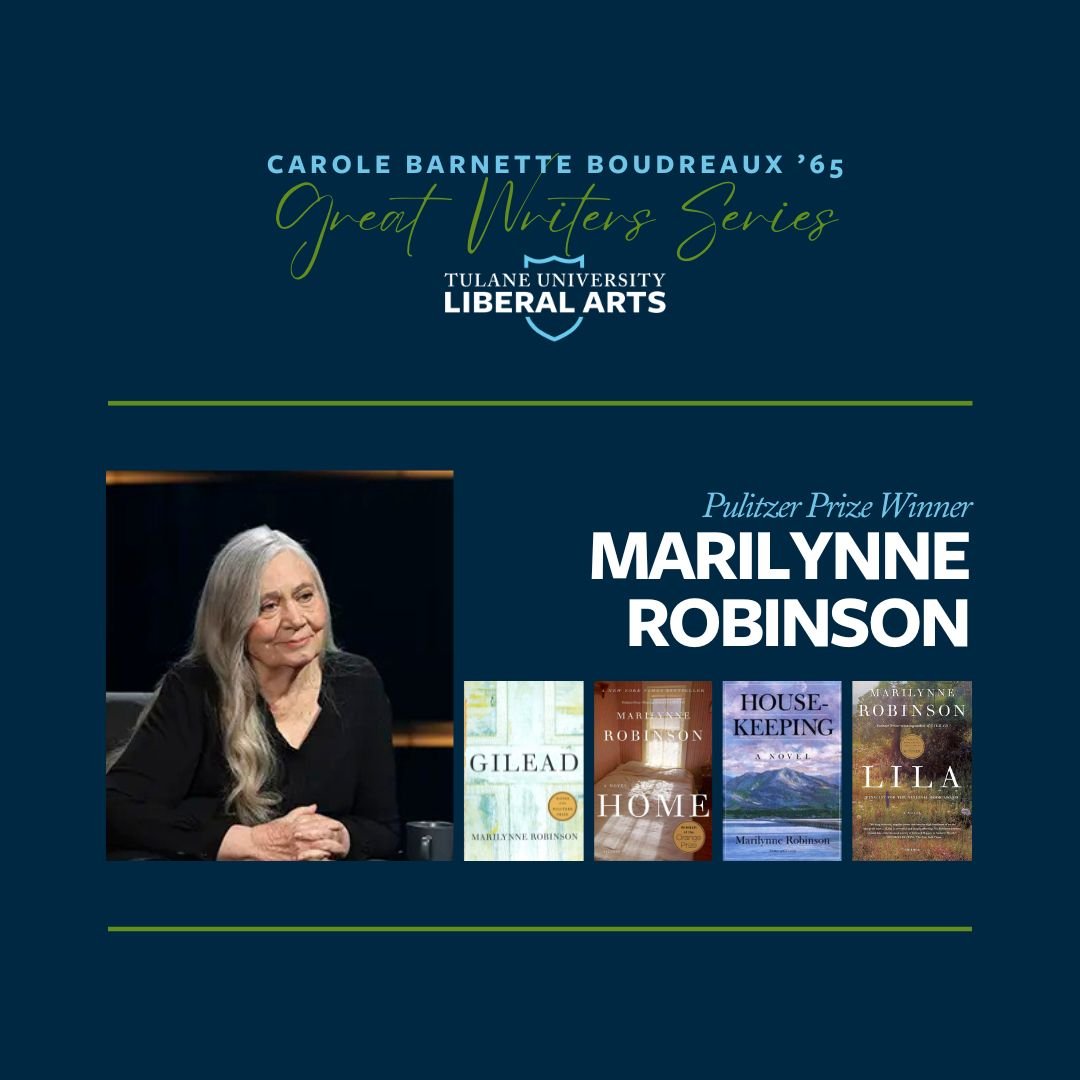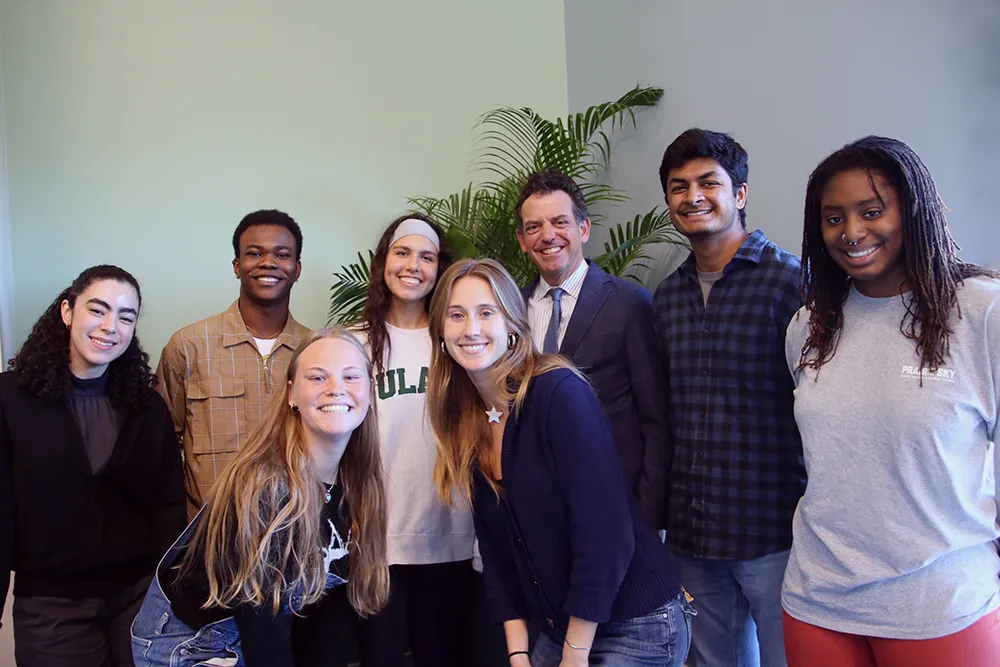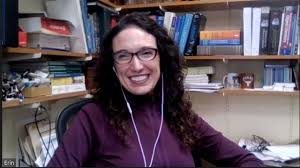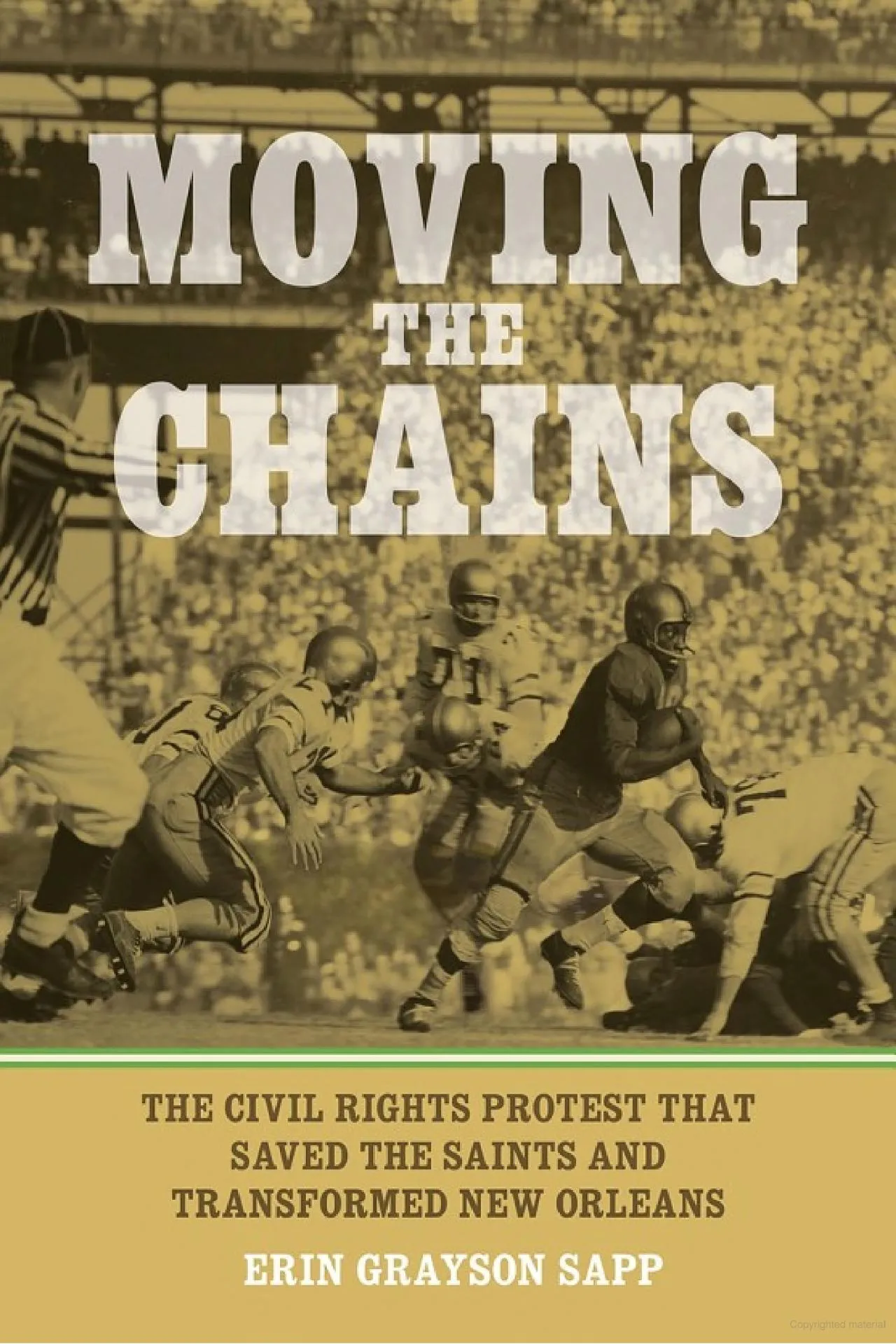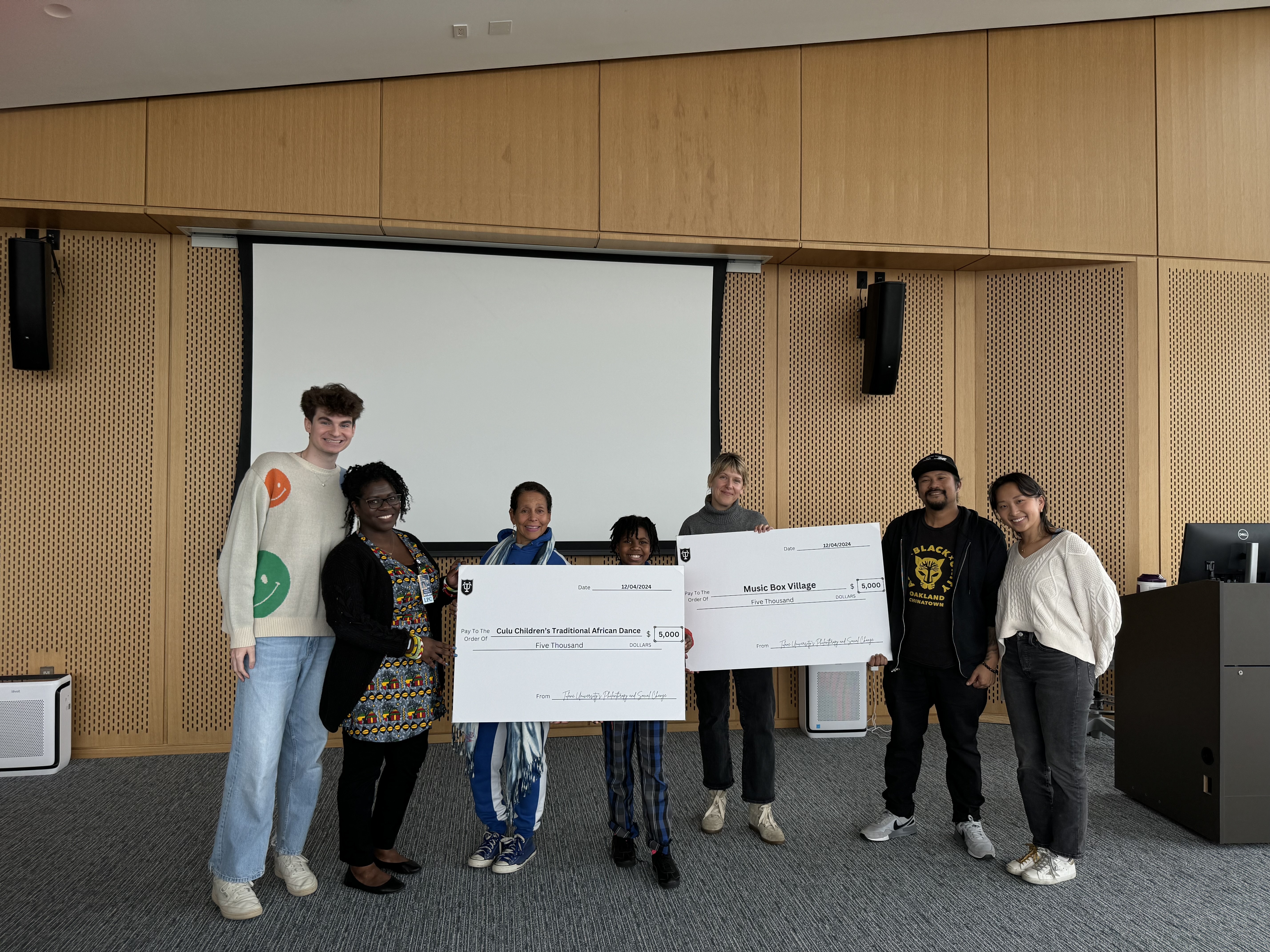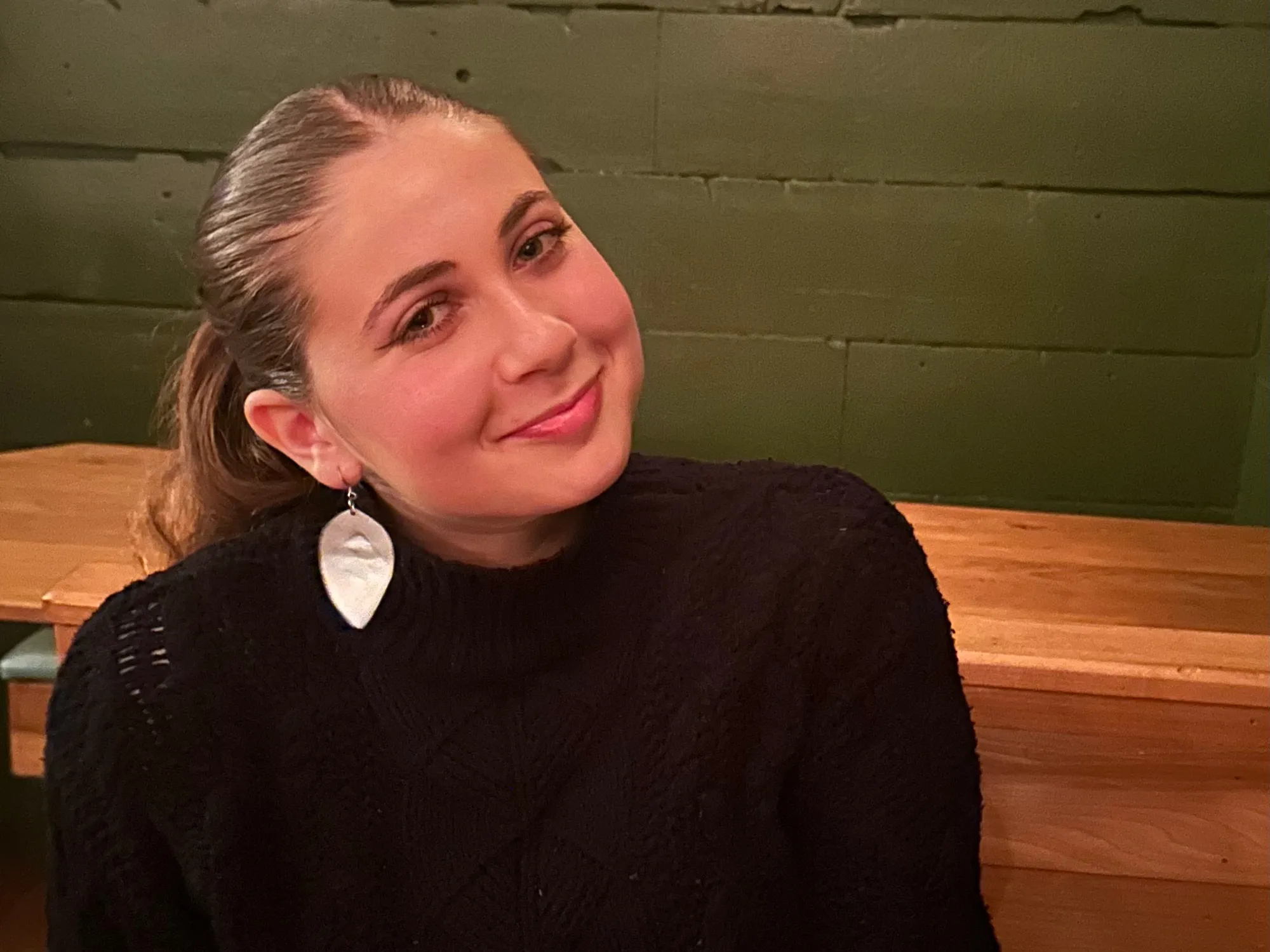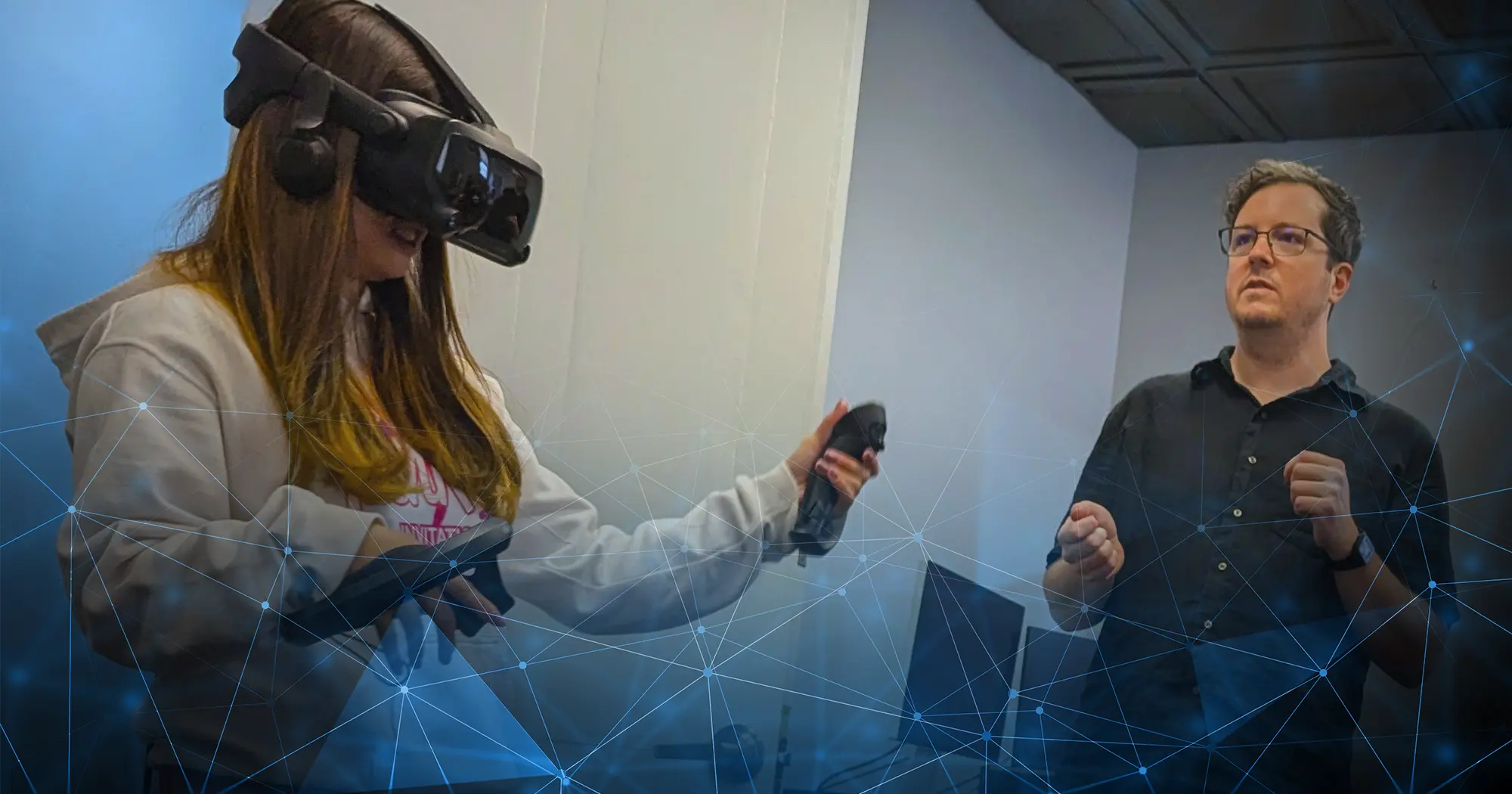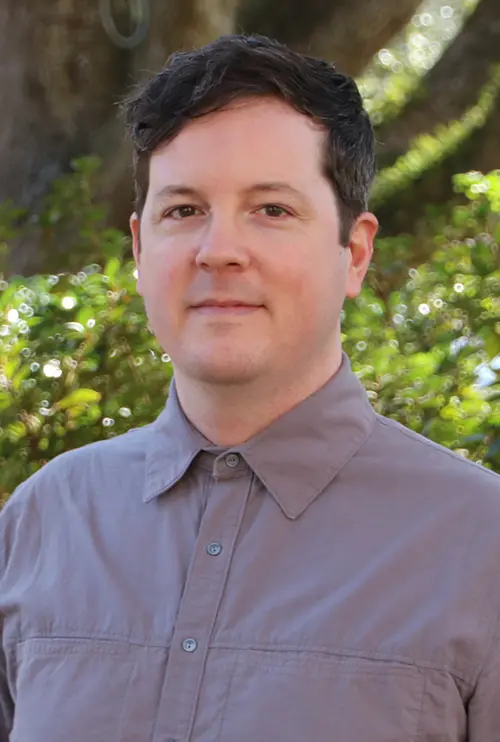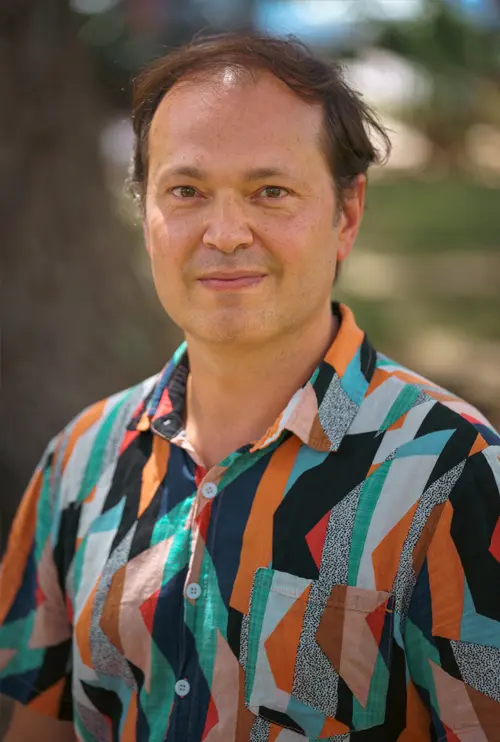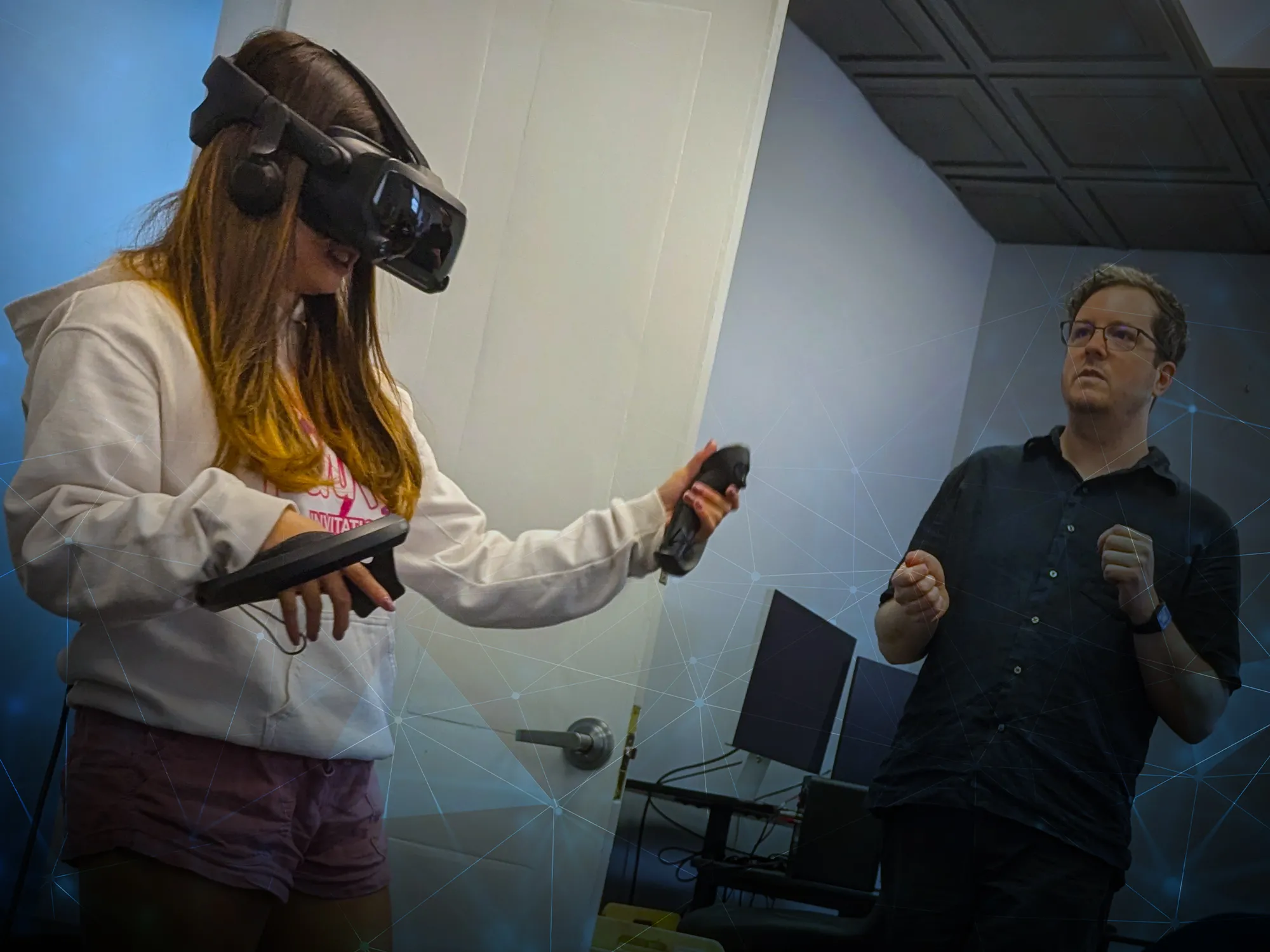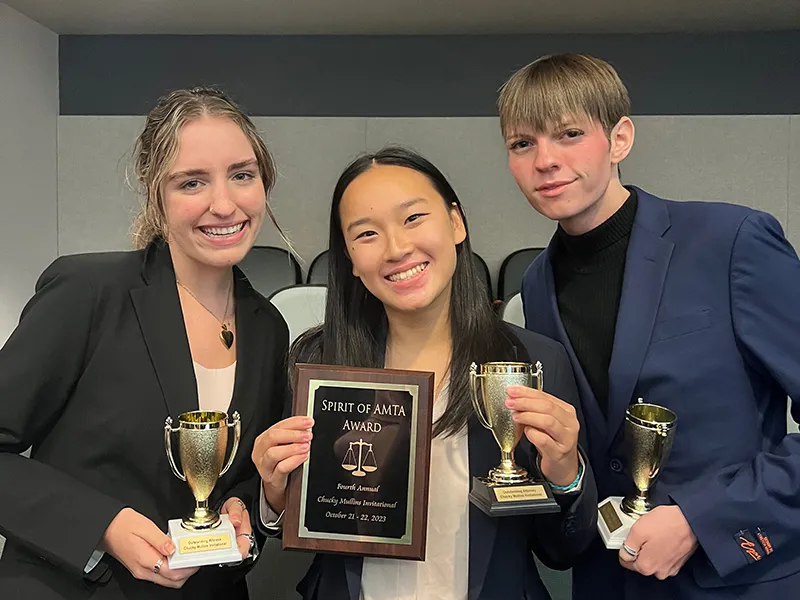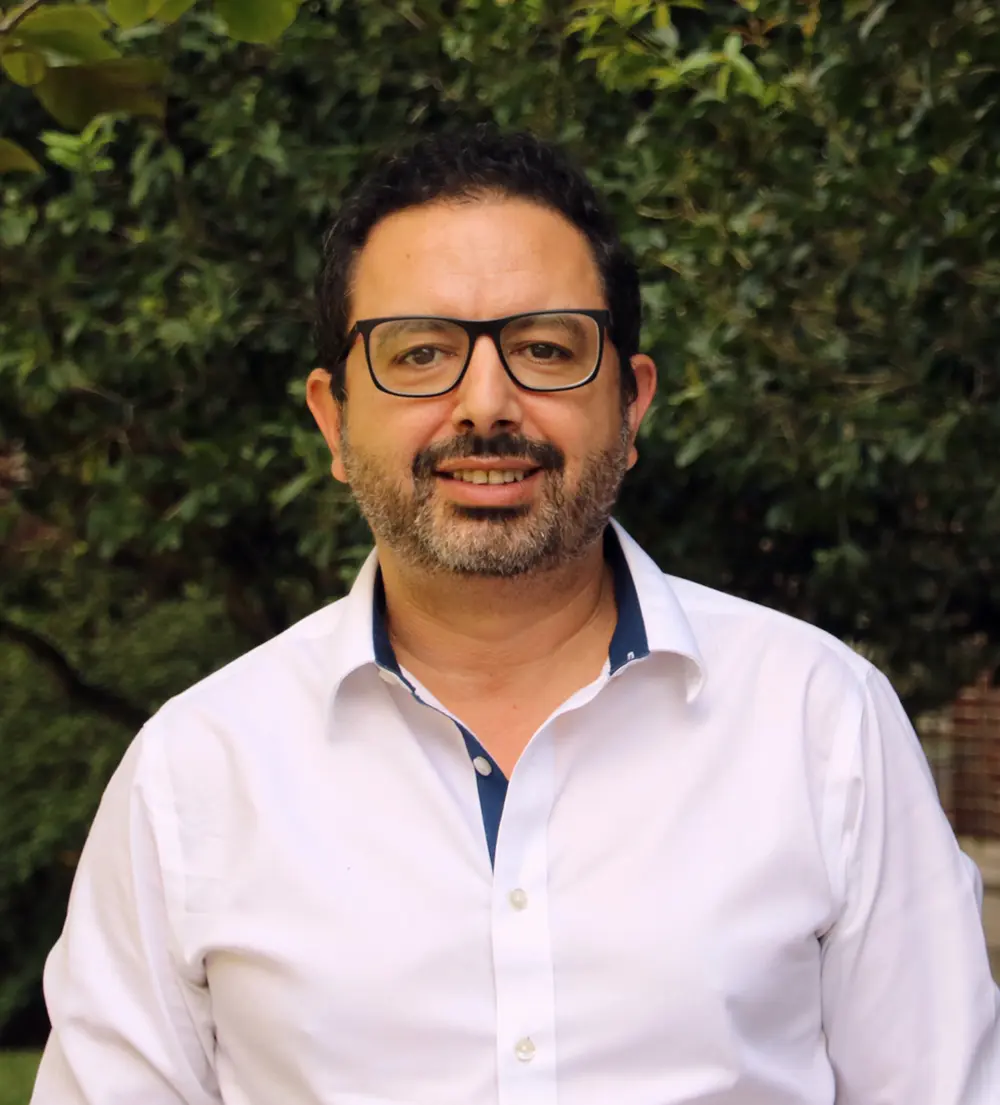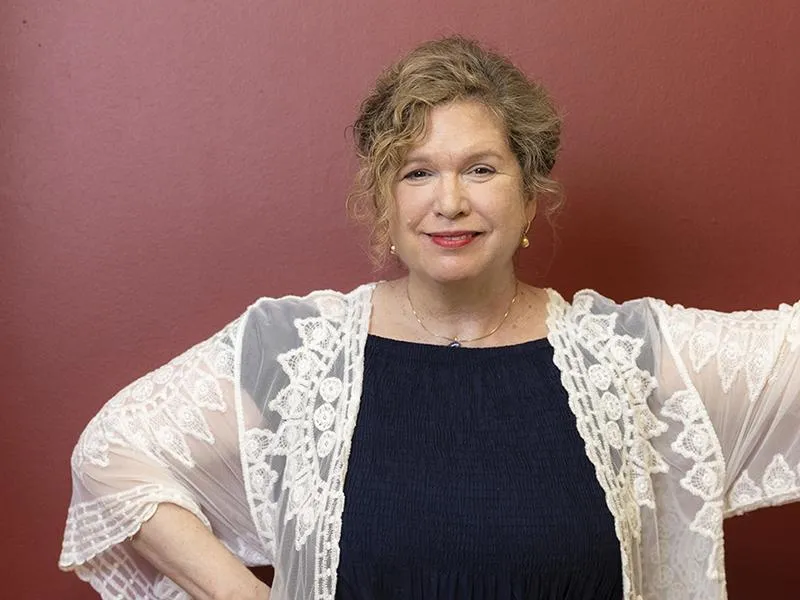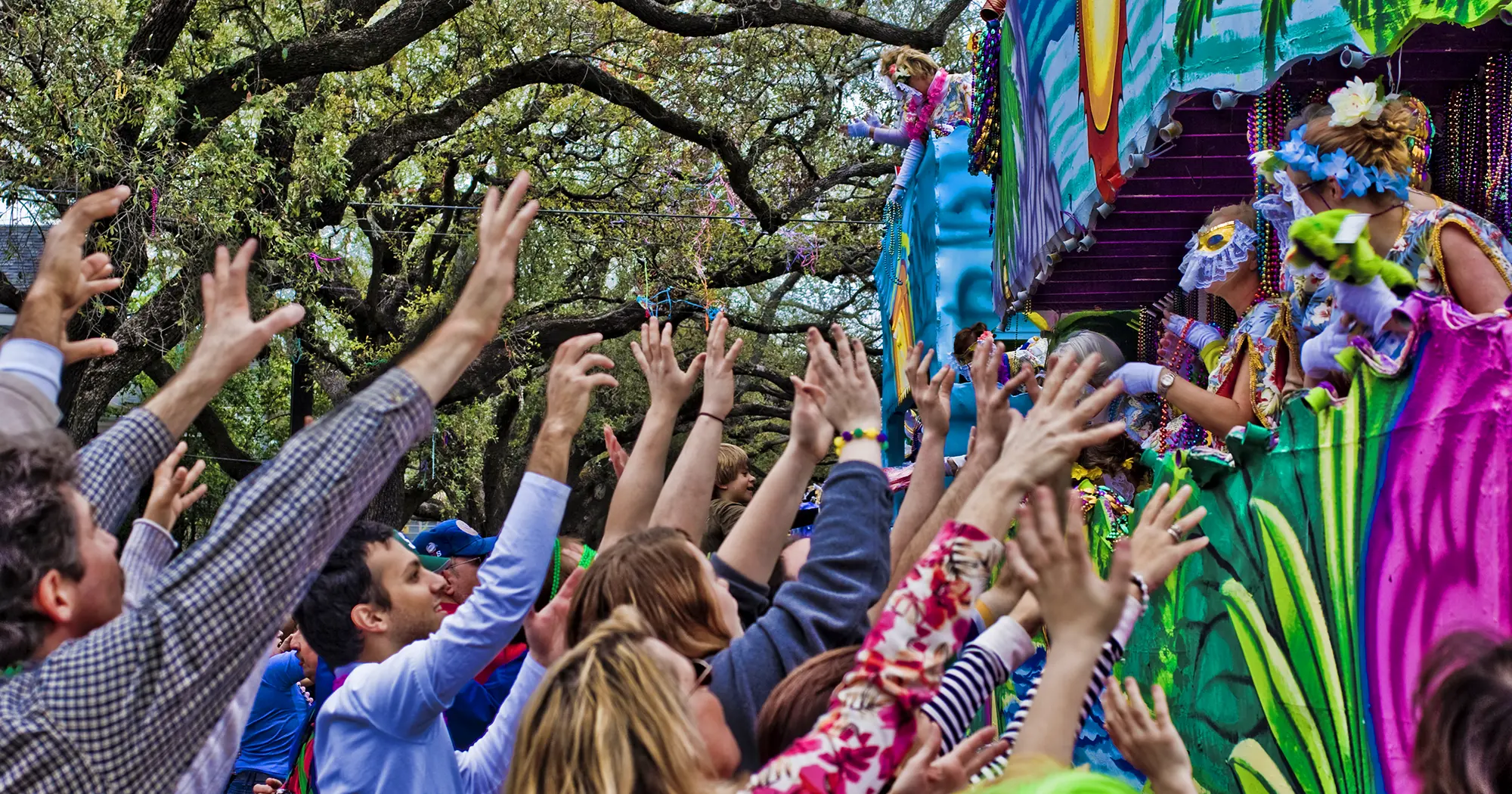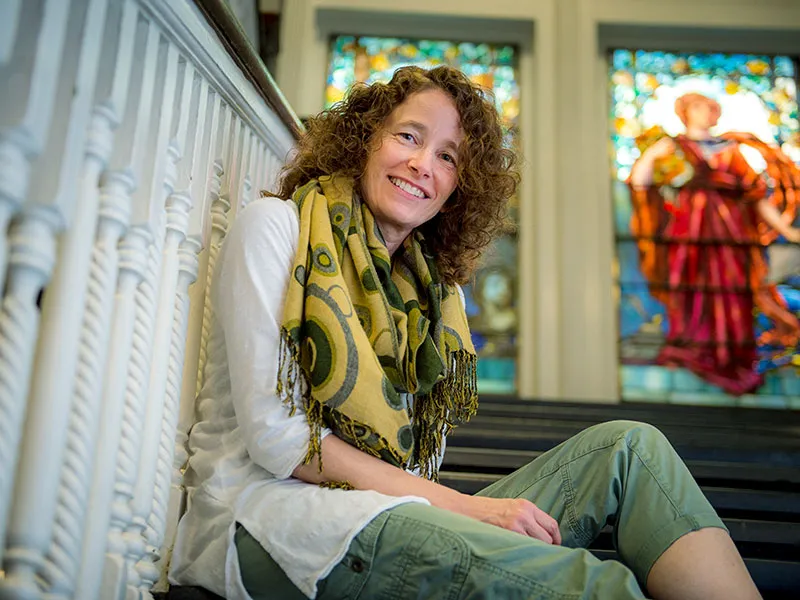
Beyond Words
Originally published in the 2024 issue of the School of Liberal Arts Magazine
The Transformative Impact
of Language Learning
Roxanne Dávila, Associate Dean for Language Initiatives, Interim Associate Dean of Curriculum, Senior Professor of Practice of Spanish & Portuguese
In our increasingly interconnected world, the ability to communicate across cultural and linguistic boundaries is more crucial than ever. The liberal arts are at the center of this global dialogue, fostering critical thinking and creativity while emphasizing the profound significance of languages. In today’s world, learning to communicate in multiple languages extends far beyond mastering grammar and vocabulary; it is also about understanding different cultural perspectives and historical contexts. By communicating across different languages, we can build community, make connections, and draw comparisons; all, while at the same time fostering global connectivity and cultural empathy.
The following professors’ insights showcase why studying languages and cultures is essential to the liberal arts framework. From enhancing cognitive skills to creating career opportunities and bridging cultural divides, our emphasis on languages equips students to become informed global citizens.
Tulane’s Department of French & Italian is pioneering an educational transformation with its “French Across the Curriculum” initiative. This program, branded by the slogan “make your other major go global,” integrates French language proficiency into a variety of academic disciplines, transcending traditional boundaries and infusing new vigor into humanities education. As the chair of the department, I am proud to lead this effort, which not only elevates the role of French in our liberal arts curriculum but also prepares our students for the diverse challenges of a globalized professional environment.
Thanks to the generous support from a grant from the French Embassy in the United States and the Albertine Foundation, we are poised to expand our offerings significantly. The funding will enable us to develop additional interdisciplinary courses that continue to blend French with other fields such as psychology, law, and environmental studies. We will also be able to subsidize the costs of the Diplôme de Français Professionnel (DFP) exams. The Diplômes are professional French-language certifications that assess the ability to use French in real-world business and professional situations, providing students with credentials that are recognized globally.
Another exciting development enabled by this grant is the creation of a K-12 outreach program. This initiative will establish connections with local French immersion schools to foster early language acquisition and promote continuous language learning through to the university level.
These initiatives represent just the beginning of what we hope will be a growing trend across American universities to appreciate and use the French language as a tool for professional and personal development. By integrating French language study with substantive academic inquiry across disciplines, we will set a transformative example for the future of language education in the United States.
“We are committed to developing a new generation of students who are as linguistically skilled as they are culturally and globally aware.”
- FAYÇAL FALAKY
It is not uncommon at Haiti-related artistic or cultural events in Louisiana to have someone mention the visual similarities between New Orleans and the city of Jacmel in southeastern Haiti. Often, this mention relates to something visually obvious such as shared characteristics in 18th- or 19th-century architecture. Or some people may have experienced the pre-Lenten carnival season in both locales.
When the Patois Human Rights Film Festival of New Orleans hosted a screening of Kanaval: A History of Haiti in Six Chapters, this documentary, set in Jacmel, drew an audience of over 200. Members of that diverse audience could readily appreciate the African and French influences in the Haitian Creole title of the film — Kanaval — and why the organizers use the linguistic term “patois” to name a film festival designed to promote multicultural understanding.
Most of the connections between Louisiana and Haiti have roots in a multi-century history of shared European colonialism and widespread African enslavement. What captive Africans produced creatively and politically in fighting colonialism and slavery has given us much of what is valued as core cultural heritage in both places in the 21st century. It should surprise no one that in our local public history environment we find Bruce “Sunpie” Barnes, a legendary zydeco musician, ethnographer, writer, and one of the most visible advocates for the strengthening and revival of kouri-vini — Louisiana’s own French- and African-derived Creole language.
From the era of colonialism and slavery, the history of the Gulf South has been intertwined as much with the Caribbean as with North America. Between 1791 and 1804 when enslaved people in the French colony of Saint Domingue overthrew that slave society to create the free Black Republic of Haiti, displaced populations both free and enslaved came to south Louisiana, increasing the local populations by significant percentages in New Orleans and beyond. In 1811 enslaved people in south Louisiana, many with knowledge of the success of the Haitian Revolution, led the largest antislavery uprising in what is now the United States.
Given the deep connections between Louisiana and Haiti, our Haitian Creole language courses allow students to understand the multifaceted relationships between this local region and the Caribbean. Through the Haitian Creole language program, students can gain a nuanced appreciation for the historical exchanges that have shaped New Orleans and the broader Gulf South region.
Engagement with these connections may be found in multiple public culture spaces in greater New Orleans. While other U.S. cities have larger Haitian American populations and different avenues for engaging many contemporary Haitian issues, New Orleans offers students a uniquely deep opportunity for rooting their Haitian, Caribbean, and French studies in historical and global contexts.
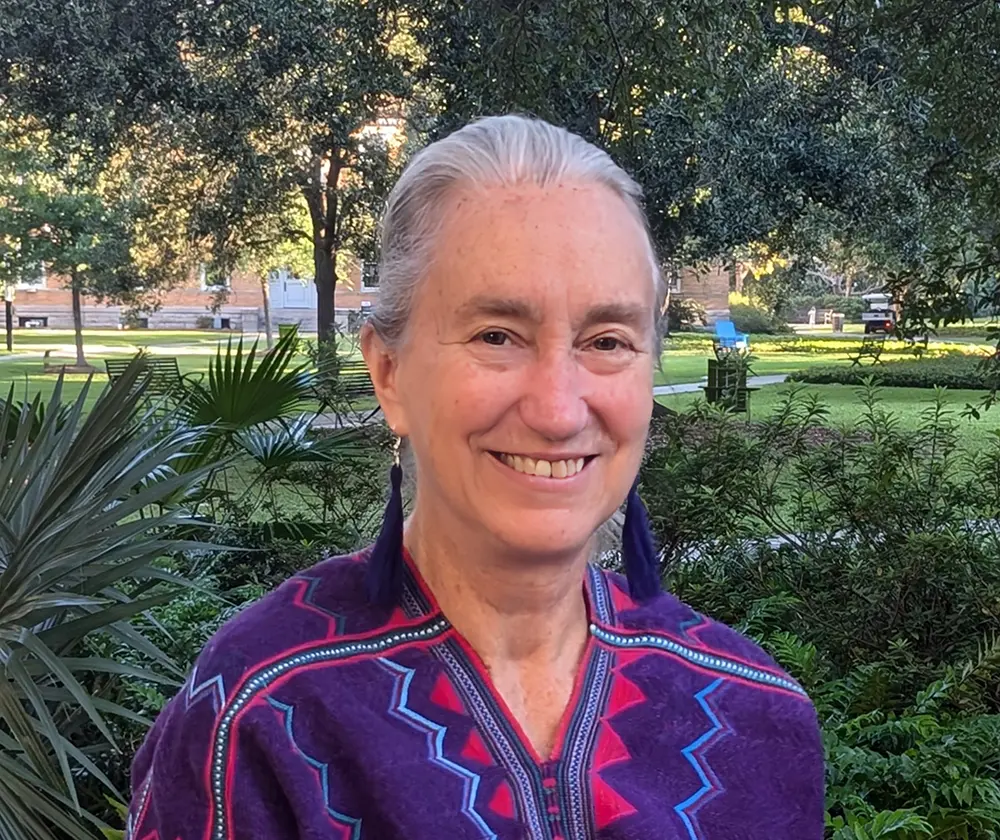
Learning any new language opens our minds to new ways of thinking, of categorizing the world, of interacting with other beings around us. The languages of the Americas are rich in the lore of this hemisphere and its cultures. All of the Indigenous languages of the Americas are in danger of extinction. Hundreds are no longer spoken. Fluent speakers of many languages can be counted on the fingers of one hand, while some languages in the United States still have hundreds of native speakers. Languages of Central and South America may have hundreds of thousands of speakers, but all are in danger of being replaced by the language of their European colonizers. American linguist Michael Krauss (1998) estimated that by the end of this century over half of the surviving Indigenous American languages will have disappeared. With these languages go worldviews and epistemologies.
In the School of Liberal Arts, we teach a variety of Indigenous languages, among them Nahuatl, Yucatec Maya, Kaqchikel, K’iche’, Ch’orti’, and Tunica. Our earliest documentation of the Tunica language comes from the late 1800s. This documentation consists of the field notes and publications of three linguists: Albert Gatschet, a Swiss ethnolinguist who visited Louisiana in the 1890s; John Swanton, who in the 1910s worked with one of the speakers whom Gatschet had interviewed; and Mary Haas, who worked with the last known native speaker in the 1930s. This speaker, Sesostrie Youchigant, died in 1948. The language died with him. Nonetheless, Donna Pierite, wife of tribal member Michael Pierite, took it upon herself to revive the language. She acquired copies of all the publications on the language and most of the field notes. In 2010, a cousin, Brenda Lintinger, sought help from me and Tulane students to aid in the effort. Since then, Tulane students and alumni have worked with members of the Tunica-Biloxi Tribe of Louisiana to bring back the language as a medium of communication and creativity.
An intensive summer class, taught during the first two weeks of June, gives Tulane students enough fluency in the language to help teach children at a week-long summer camp on the reservation. After this immersive experience, students can continue to collaborate with the tribe, preparing teaching resources and games, transcribing archival records, recording songs, and participating in cultural activities such as basketry summits, quilting circles, potting, herbalism, and stickball.
Learning a native language like Tunica shines light through a different language prism. For example: Tunica colors are kayi (English: yellow, brown, and orange), ɔshta (English: green, blue, and purple), rɔwa (white), meli (black), mili (red), kɔta (gray), and risa (variegated, multi-colored). One learns that certain things befall you or are caused by an external force. The verbs hεha ’breathe,’, ashu ’to sneeze’, rishu ’to sneeze daintily’ and ruhu ’to vomit’ aren’t considered things that you actively do; they sort of happen to you. Pira ’to become something or to be born’ or sama ’to bake’ imply an outside agent or force. Similarly, weather verbs differ in inflection. Some are inflected as having a male subject, others as female subject. For example, wεha with a male ending — wεhaku — means ’for lightning to flash’, wεha with a feminine ending — wεhati — means ’for the sun to chase away the clouds’.
For heritage speakers, using their native language brings them closer to their cultural heritage, bolsters self-esteem, and provides a vehicle for community cohesion. During one winter immersion, a young groundskeeper who could only join the classes during his work breaks looked at me during a tutorial and, with tears in his eyes, said, “You are teaching me my language.” Tulane students are playing an important role in helping to restore access to this language and identity.
